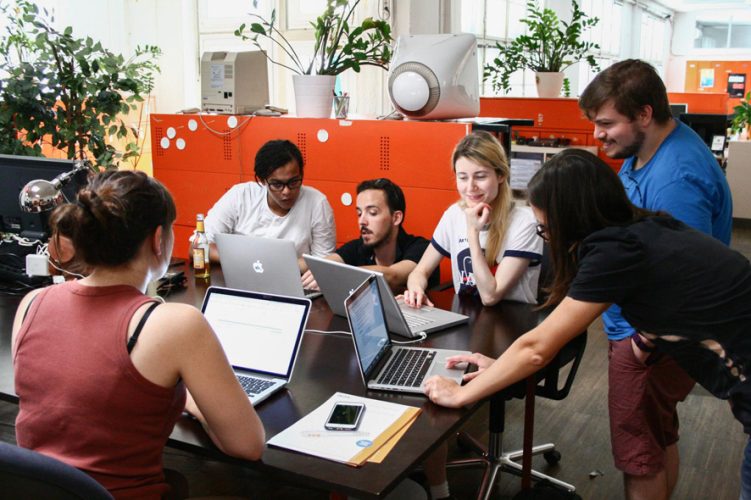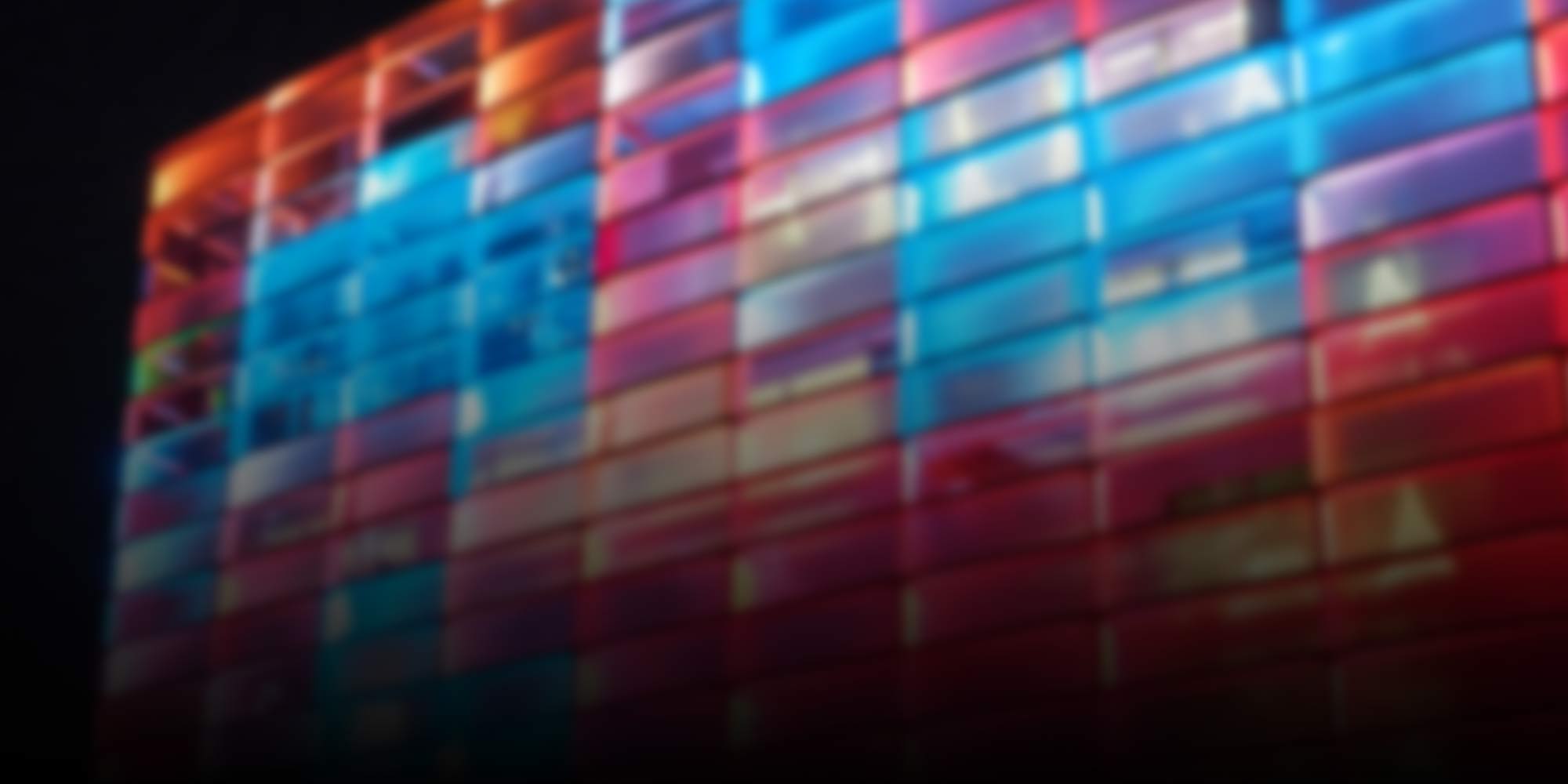
Cooperation & Innovation
-
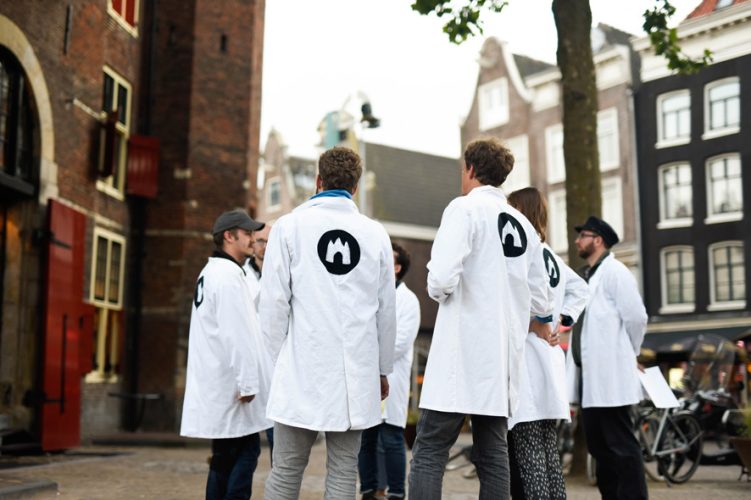
Waag Society: “Keep questioning what you do”
Collaboration among science, technology and art is urgently needed! Marleen Stikker and Lucas Evers of the Waag Society talk about these three fields’ commonalities and, shortly before the entry deadline, address a last-chance call to motivate artists, engineers and scientists to submit their transdisciplinary projects for 2017 STARTS Prize consideration.
-
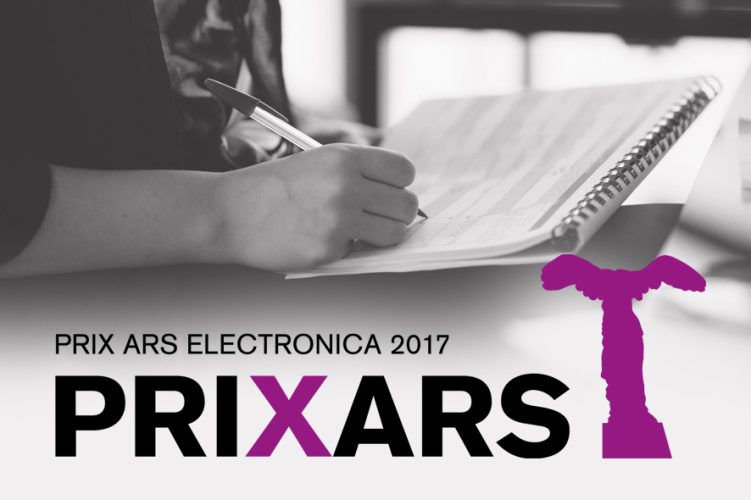
Introducing the 2017 Prix Ars Electronica Jurors
The extended deadline to submit entries for 2017 Prix Ars Electronica prize consideration is March 13th! That’s when the respective international juries take up the task of naming this year’s prizewinners. So, who exactly are these ladies and gentlemen who’ve been appointed arbiters of excellence in media art?
-
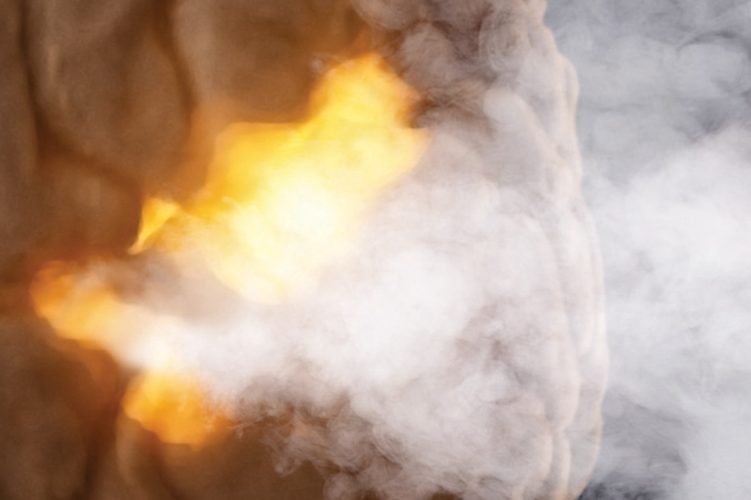
STEAM Imaging: An Experiment in Art & Science
The Fraunhofer Institute for Medical Image Computing (MEVIS) has announced an exciting artist-in-residency program that focuses on links between art and science. They’re also integrating pupils into this experiment.
-
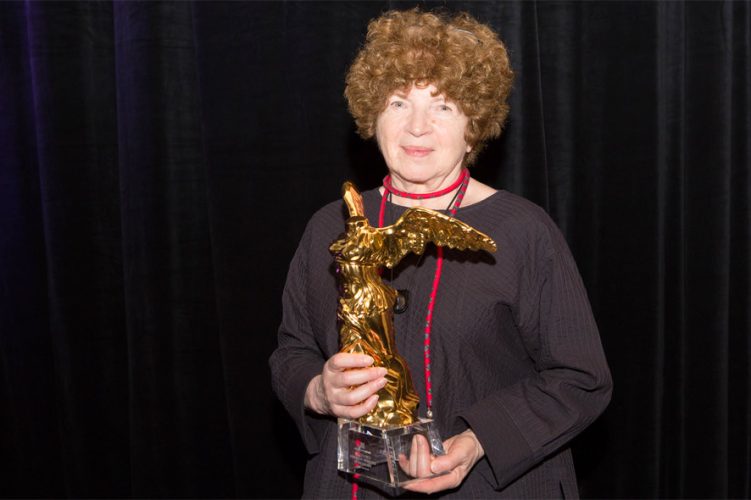
Prix Ars Electronica Seeks Female Media Artists!
Entries to the competition to determine the honorees of the 30th Prix Ars Electronica are now being accepted! Four Golden Nica statuettes and prizemoney of up to €10,000 in each category await this year’s outstanding media artists. But what’s the story with gender distribution among Prix Ars Electronica prizewinners? We discussed this issue with Gerfried…
-
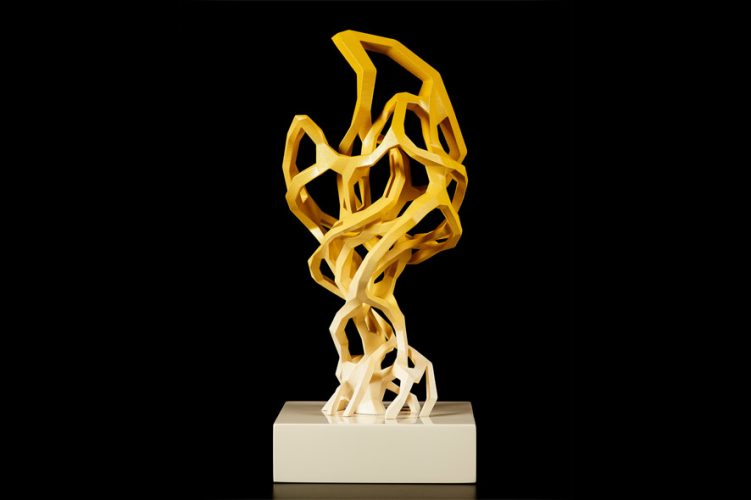
STARTS Prize 2017: When Art Enters Other Spheres
In what ways do science, technology and art overlap? What is innovation? And which technological developments will be successful over the long run? Gerfried Stocker, artistic director of Ars Electronica, and Veronika Liebl, STARTS project manager, discussed these topics with us.
-
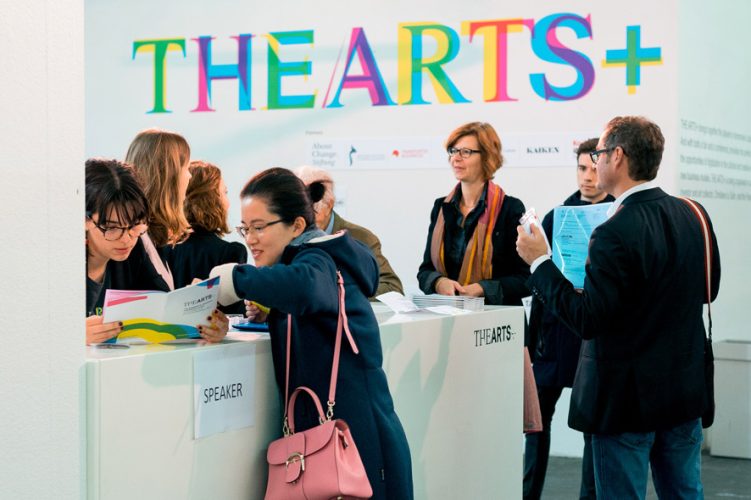
THE ARTS+: Media Art at the Frankfurt Book Fair
What does media art have to do with books, you might ask? The Frankfurt Book Fair just launched its first endeavor to directly connect with the creative economy—THE ARTS+, a new platform for books, art and technology.
-
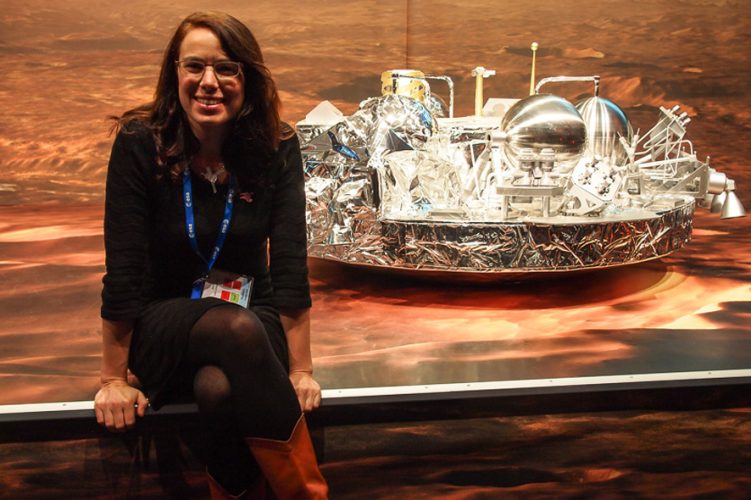
The Journey to Mars
Even if signals aren’t being received from the Schiaparelli Test Lander on that evening, we nevertheless had an absolutely fascinating time at the ESA Mission Control Centre in Darmstadt, where we followed the decisive moments of the Mars landing in the company of scientists and artist Aoife Van Linden Tol. Here, we present a few…
-
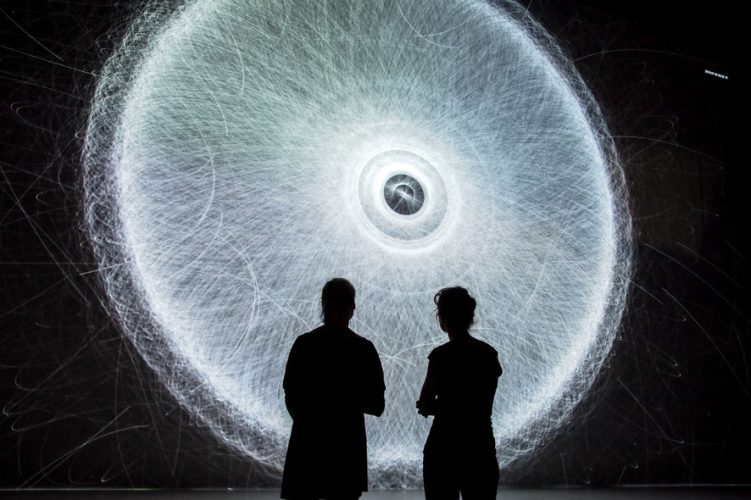
On Absurd Landscapes and Habitable Exoplanets
The artists collective Quadrature began Part 2 of their art & science residency at the Ars Electronica Futurelab a few days ago. The three artists spent the first part at the European Southern Observatory (ESO) in Chile in late May. To find out what they experienced, why they found everything there absurd and what they…
-
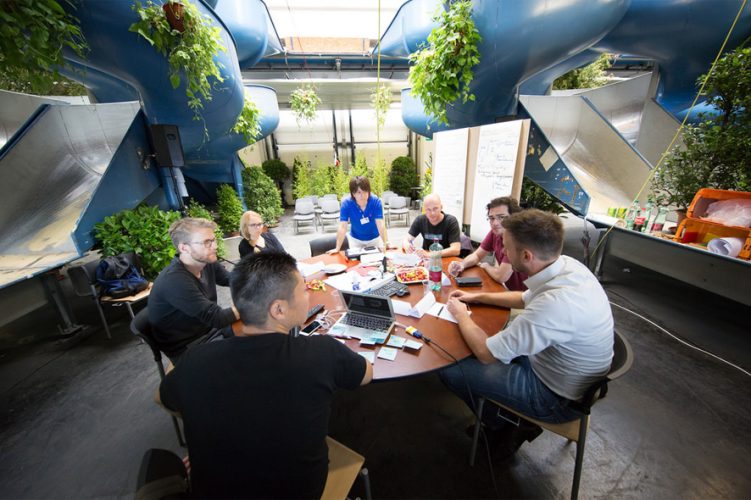
Future Innovators Summit 2016: Creating Agendas for Tomorrow
Since its inception at the Ars Electronica Festival in 2014, The Future Innovators Summit (FIS) has grown and developed into a reputable frame and a new model for creative discussions about the future. This year is the culmination of 3 year’s experience and collaborative partnerships which has led to an expanded format and a significant…
-
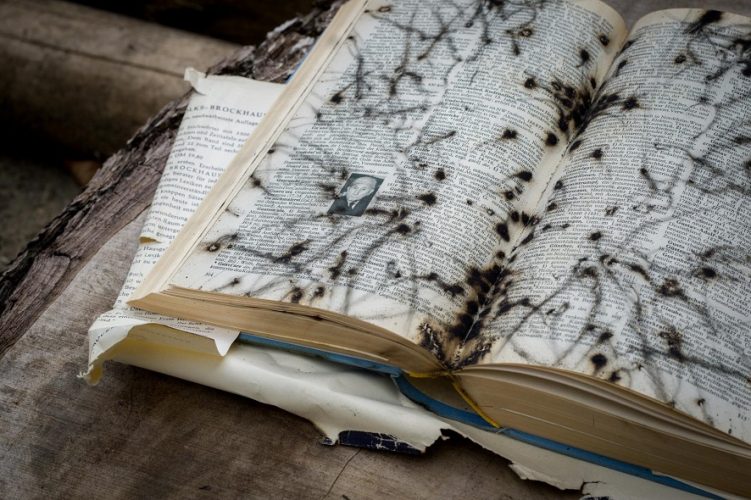
Second Story: Old Objects, New Stories
Aoife van Linden Tol takes printed objects that are endowed with emotions and gives them a new start. In her performance “Second Story,” she blows up old photos, passports, love letters, etc. in controlled explosions. Here, she tells us how her first test detonation went, what we can expect in her September performance, and how…
-
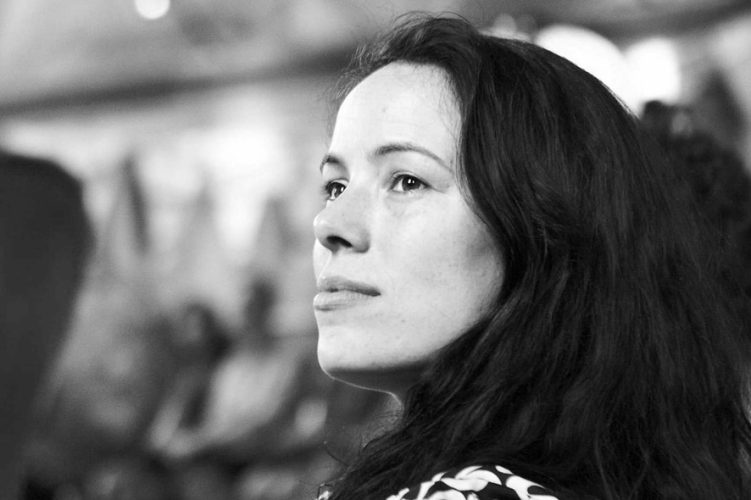
Aoife Van Linden Tol: Explosions as Creative Forces
Violent explosions are sources of particular fascination to artist Aoife Van Linden Tol. An art&science residency is giving her the opportunity to visit the European Space Agency (ESA) and Ars Electronica Futurelab to soak up a healthy dose of inspiration for her next project. In this interview, she talks about, among other things, the fact…
-
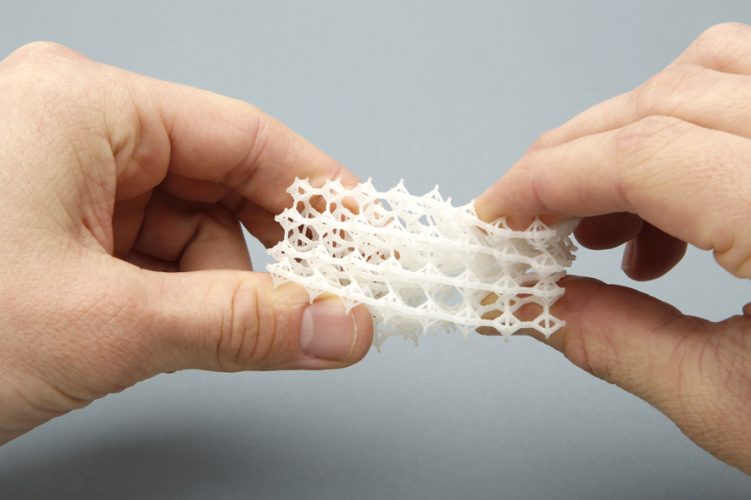
2016 STARTS Prize: Art as Catalyst
The first STARTS Prize competition was conducted by Ars Electronica on behalf of the European Commission this year. The mission: recognizing excellence at the nexus of science, technology and art. Here’s an overview of the winners as well as a few very interesting runners-up and nominees.
-
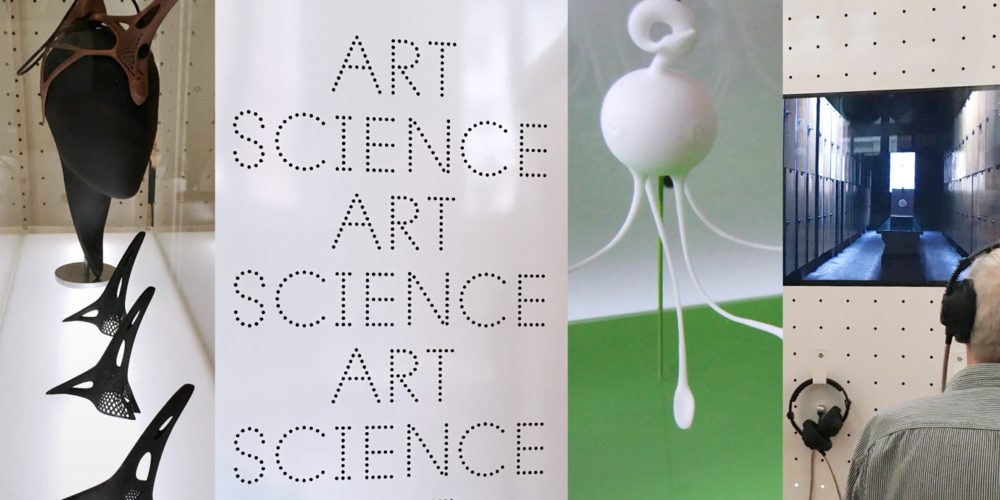
SPARKS project trilogy on touring exhibition
The first series of SPARKS exhibitions running in four European cities showcases four artist-in-residency recipients’ highly individualistic takes on the subject of Responsible Research and Innovation and the fascinating ways they developed them further at the Ars Electronica Futurelab.
-
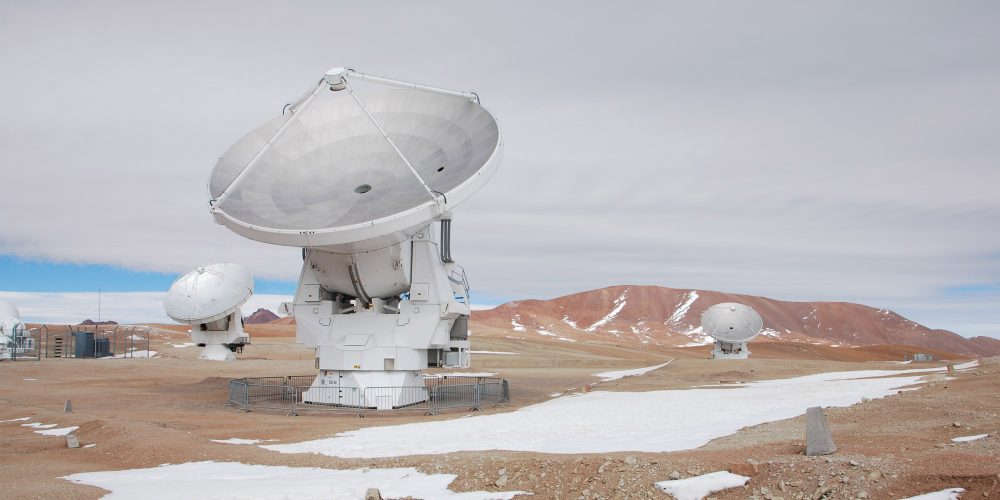
Expedition ESO
“We won’t soon be taking another trip so close to outer space!” Now, that sure hits the nail on the head as a succinct description of the once-in-a-lifetime opportunity this Residency provides. An artists’ collective—Jan Bernstein, Juliane Götz and Sebastian Neitsch—got the nod from the European Digital Art & Science Network’s jury and departed for…
-
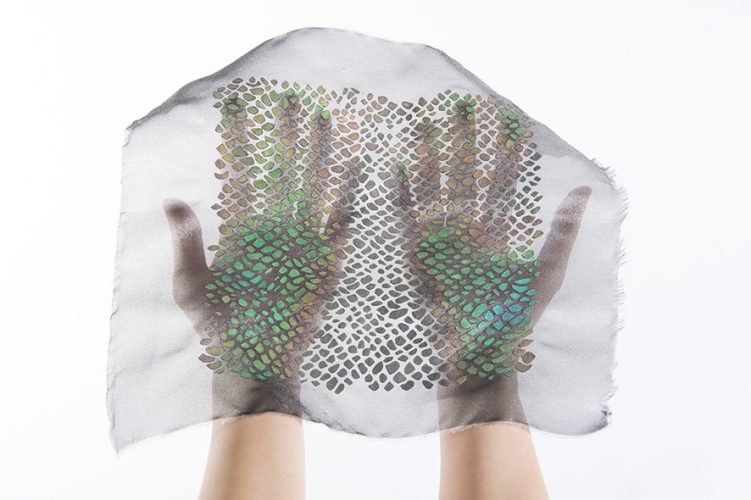
STARTS Prize to “Artificial Skins and Bones”
The Artificial Skins and Bones project seminar conducted by Prof. Mika Satomi and Prof. Wolf Jeschonnek is one of this year’s two recipients of a STARTS Prize awarded by the European Commission. Here’s a briefing on the Berlin Weißensee School of Art and work being done there.
-
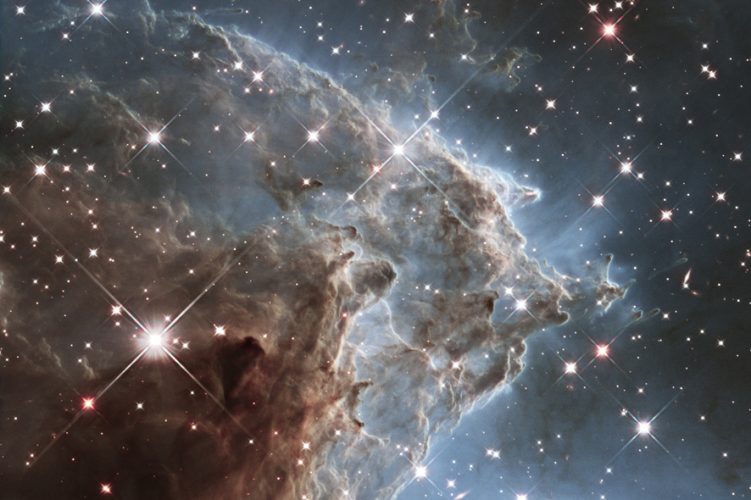
Art and Science: What Does It Mean to be Human?
“You start to understand how little we really understand.” ESA Senior Science Advisor Mark McCaughrean talks about the interplay of art and science, and thinks aloud about whether we’ll ever succeed in getting the knowledge of the cosmos that we’ve accumulated into our modest heads.
-

ESA: To the Comet, and then on to Mars
Artists still have until June 20, 2016 to apply for a residency of several weeks duration at the technical center of the European Space Agency (ESA), where, in autumn of this year, they’ll be on hand to experience two spectacular missions: the landing of the Rosetta Space Probe and the ExoMars Mission. In this interview,…
-
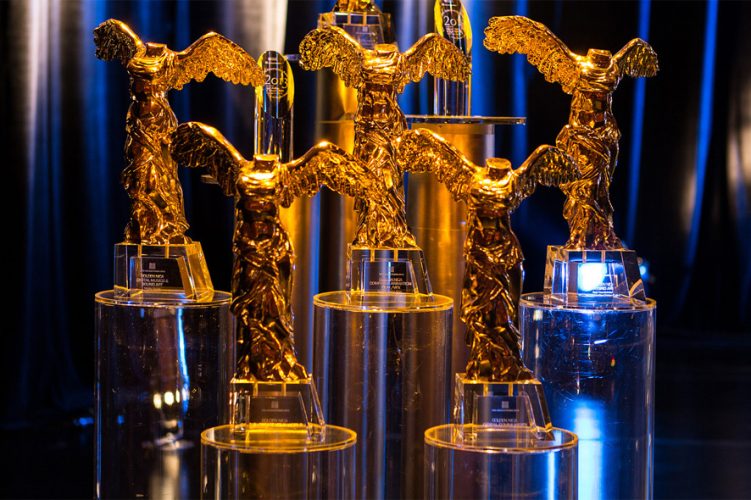
The 2016 Golden Nicas
We proudly present the 2016 winners of the Prix Ars Electronica. A total of 3,159 entries from 84 countries were submitted for prize consideration to the world’s most time-honored media arts competition. Here’s a quick briefing on the grand prize winners.
-
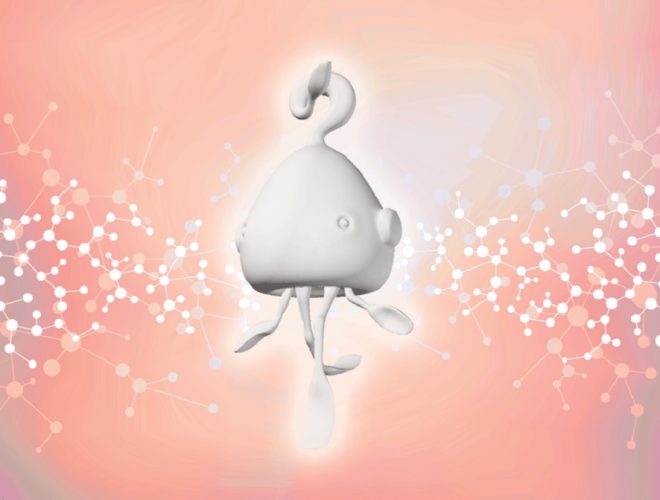
Lea and Jakob have robots in their blood
Nanoparticles have become an essential part in the food chain as they provide better fluid properties, color and preservation. Science classifies them at least as critical. In contrast, nanomachines, or so-called nanobots are applied in the cure of cancer. In the course of the third SPARKS-residency at the Ars Electronica Futurelab, Jakob and Lea Illera…
-
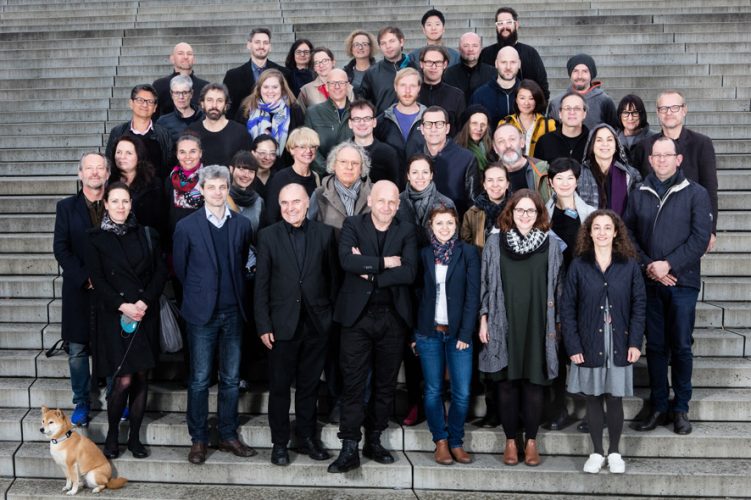
2016 Prix Ars Electronica: Days of Decision
20 international experts convened in Linz April 7-10, 2016 to single out outstanding works of media art for recognition in four categories and to bestow Golden Nicas on the four best. We accompanied the four juries over the course of this long and very productive weekend.
-
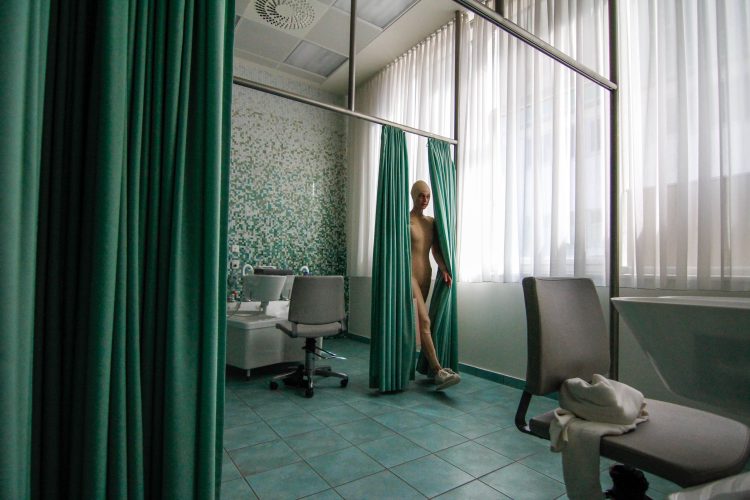
The Institute of Isolation: Pushing the limits as a Cure
The artist and second SPARKS-resident, Lucy McRae, is a representative of the genre Science Fiction. She came to Linz in order to shoot scenes for her film-project which is her approach to the topic of “Responsible Research and Innovation” – the research objective of the SPARKS-program. Compared to her predecessor, Anouk Wipprecht, who built a…
-
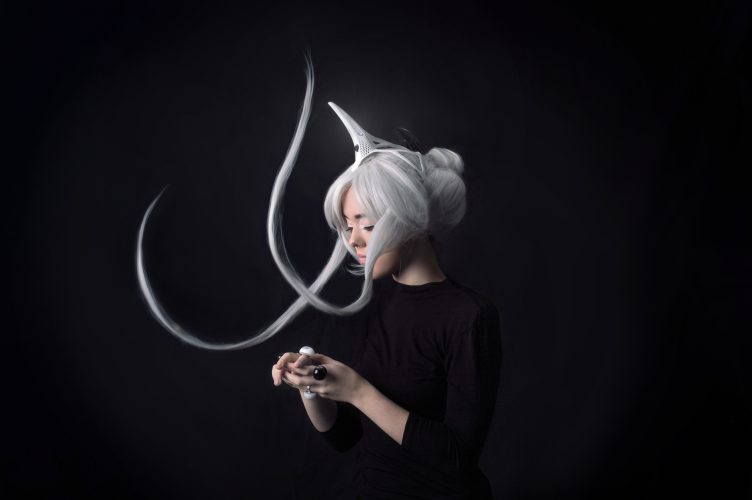
Agent Unicorn – The first SPARKS Residency Wearable by Anouk Wipprecht
The well-known Fashion-Tech Designer has worked the communication aspects of her apparel into an unicorn-shaped headset. During her stay at Futurelab she teamed up with a team of Neuroscientists and experts, creating an accessory that logs the wearer’s observations through EEG.
-
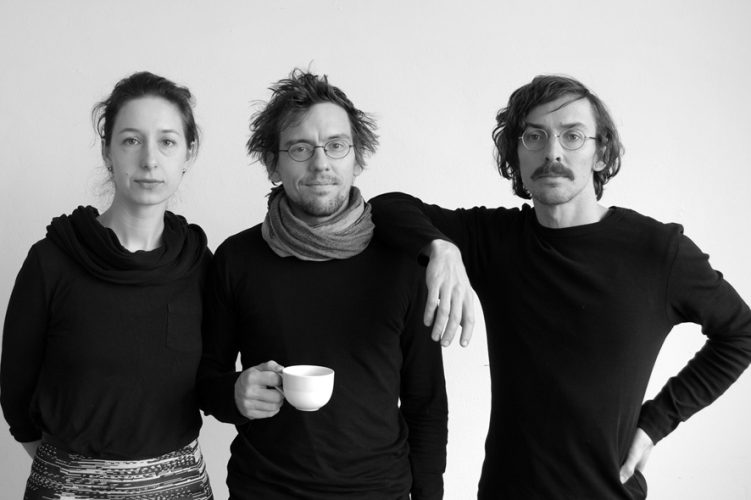
Quadrature: “We feel a bit like explorers ourselves”
And indeed, their concept was a great discovery for the jurors too. Under the aegis of the European Digital Art & Science Network, an artists’ collective named Quadrature will spend several weeks at the European Southern Observatory (ESO) in Chile and then at the Ars Electronica Futurelab, and present the results of their work at…
-
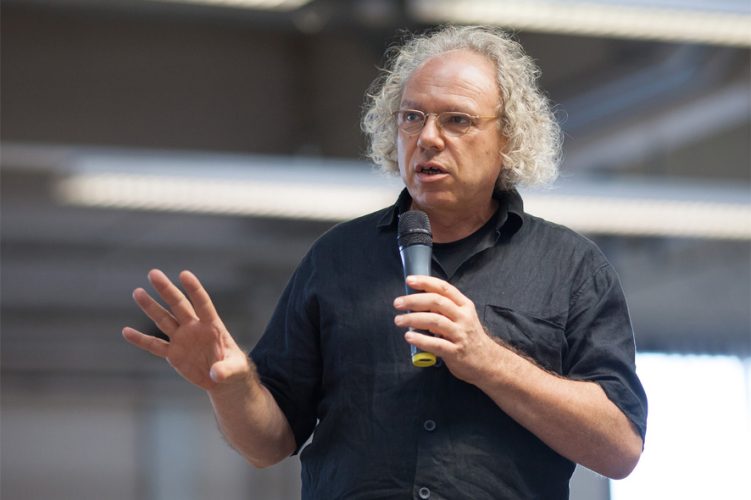
“Nurture contrarians rather than mainstream thinking”
March 13, 2016 is the deadline for entries to Ars Electronica’s search conducted under the auspices of the European Commission for innovative projects at the nexus of science, technology and art. Alexander Mankowsky, a futurist on the staff of Daimler AG and a STARTS juror, recently talked to us about the trailblazing role of art…
-
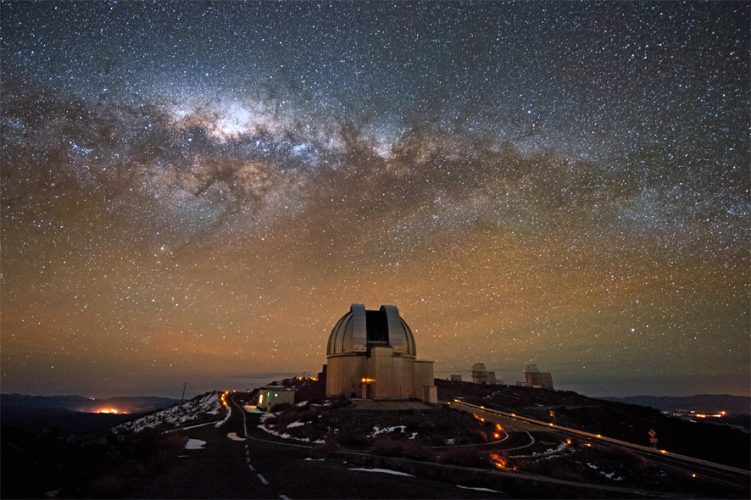
A Large Window to the Unknown
Night after night, the European Southern Observatory’s huge telescopes in Chile peer deeply into the unknown expanses of the universe. Fernando Comerón, the ESO’s on-site chief-of-staff, recently talked to us about possible ways in which art and science can engage in mutual inspiration at these locations and what this postulated ninth planet in our solar…
-
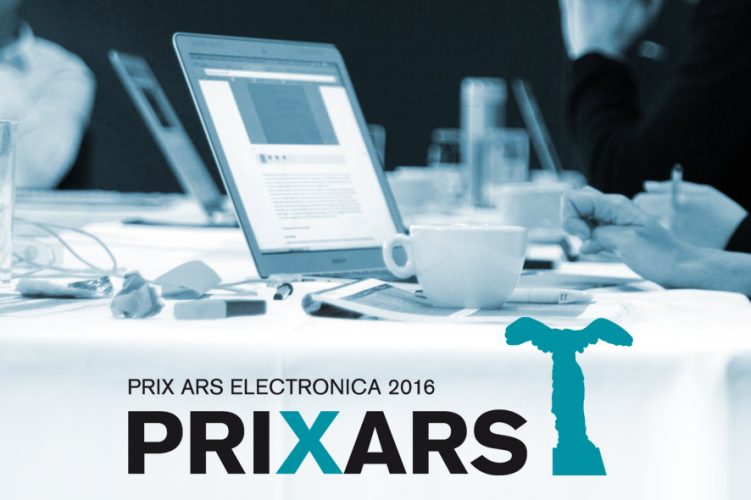
Prix Ars Electronica: The 2016 Juries
Who selects the recipients of the Golden Nicas to be awarded by the Prix Ars Electronica in 2016? We hereby present the jurors who’ll be convening in Linz just a few weeks from now to deliberate on these matters.
-
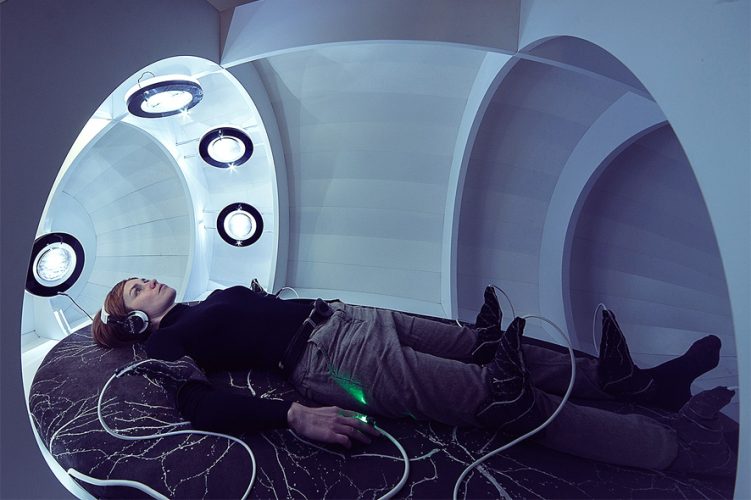
STARTS Prize: New Prospects Are Emerging
Two €20,000 prizes honoring innovative projects at the nexus of science, technology and art! What’s this very generously endowed competition all about, and what’s the European Commission’s take on the increasing digitization of our world? We recently had a chance to chat with the initiator of the STARTS program, Ralph Dum.
